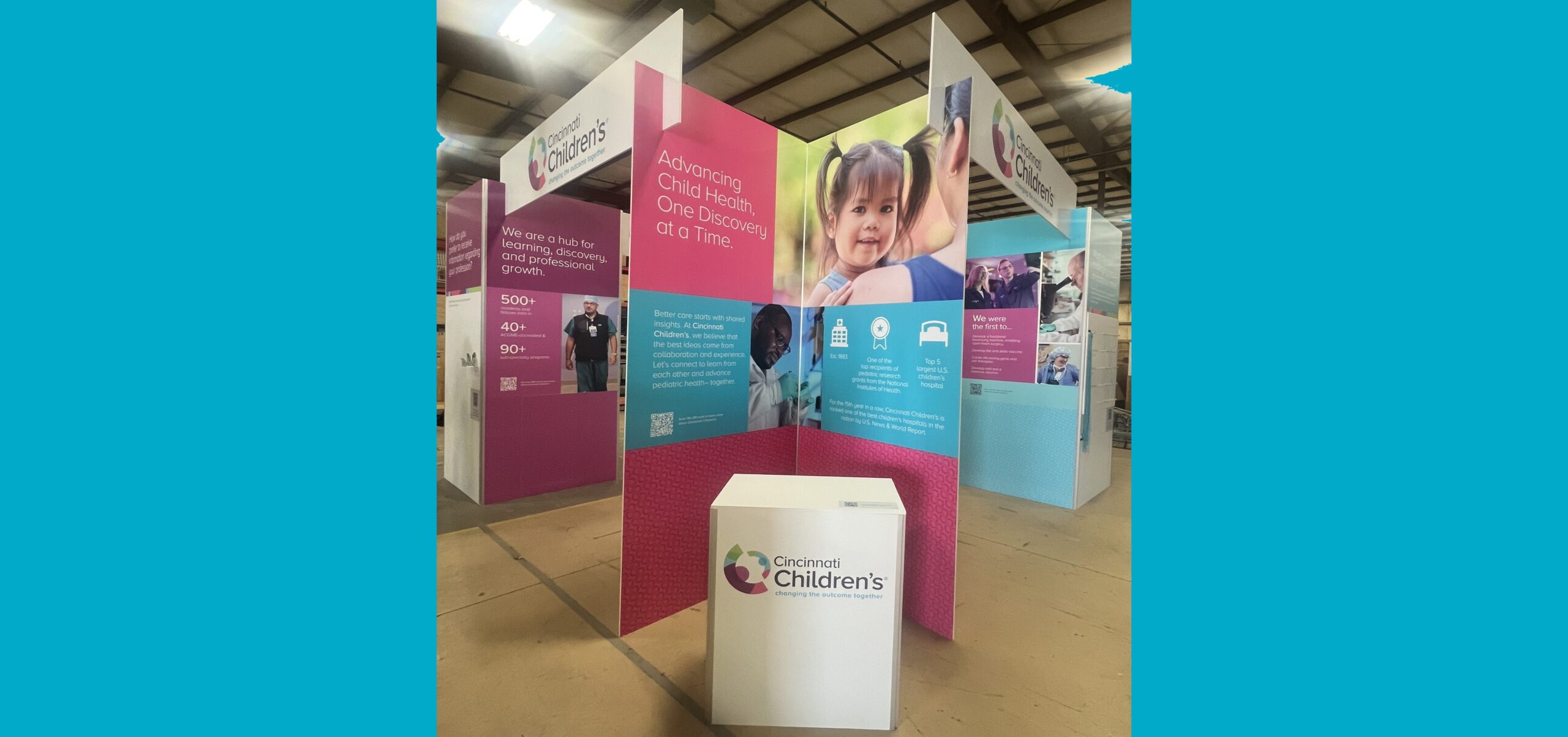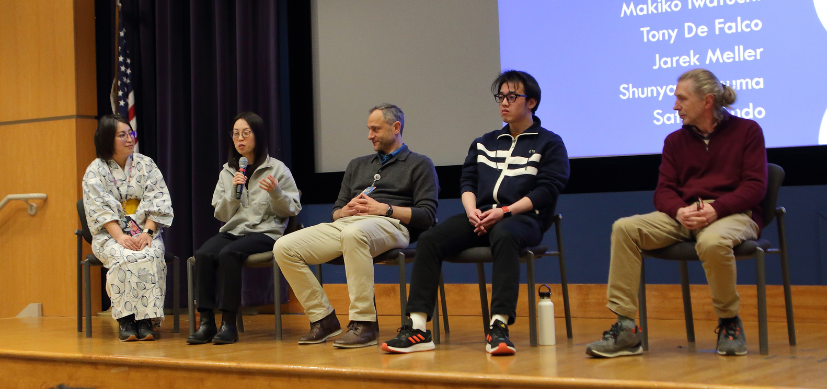Contributing to COVID Knowledge
Post Date: May 22, 2022 | Publish Date:
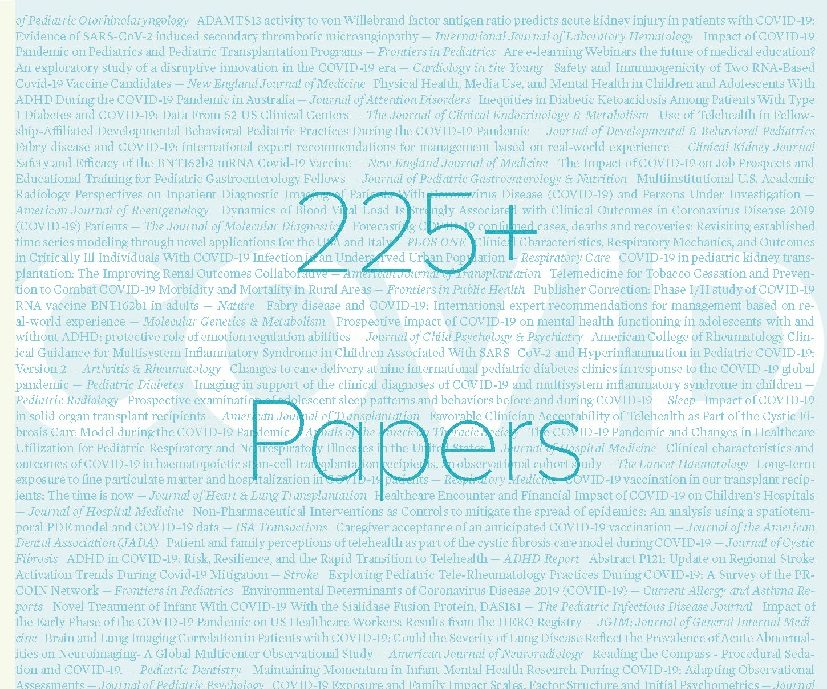
The COVID-19 pandemic touched so many aspects of science and medicine, it’s not possible to share details about every contribution made by investigators at Cincinnati Children’s.
In fiscal 2021 alone (ended June 30), our faculty authored or co-authored more than 225 peer-reviewed publications exploring the many impacts of SARS-CoV-2 on our lives. Here are some of the most-shared contributions:
Jeffrey Whitsett, MD, and Minzhe Guo, PhD, were among a group of investigators with the NHLBI LungMap Consortium and The Human Cell Atlas Lung Biological Network that combined data from more than 30 studies to publish an extensive single-cell analysis of COVID-related “entry genes.” The study, published March 2, 2021, in Nature Medicine, reported that the gene ACE2 and accessory proteases TMPRSS2 and CTSL are needed to produce severe respiratory distress from infection.

Mary Staat, MD, MPH, Division of Infectious Diseases, joined fellow members of the Overcoming COVID-19 Investigators group to publish key findings gathered from 52 medical centers about neurologic involvement among nearly 1,700 children hospitalized with COVID-19 or MIS-C. Their findings appeared March 5, 2021, in JAMA Neurology.
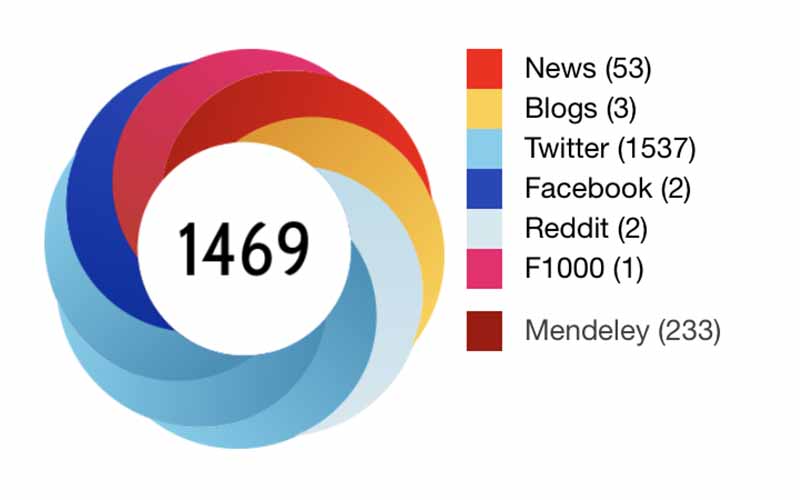
Sreeja Parameswaran, PhD, Joseph Wayman, PhD, Emily Miraldi, PhD, and Matthew Weirauch, PhD, were among co-authors reporting that topotecan (a TOP1 inhibitor used as a chemotherapy) showed the ability to reduce inflammatory gene expression in mice infected with SARS-CoV-2. Their work was published March 30, 2021, in Cell. The findings prompted an ongoing clinical trial involving patients with cancer and COVID-19.

Samir Shah, MD, was a co-author on a 44-center study in the Journal of Hospital Medicine documenting the impact of COVID-19 public health interventions on pediatric illnesses nationwide.
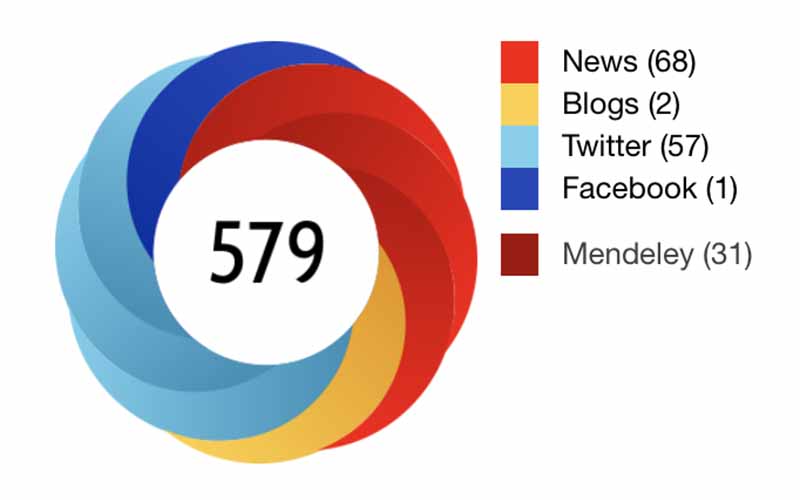
Abdelkader Mahammedi, MD, was first author for a multinational study that analyzed chest and brain CT scans from 135 people with COVID-19. They found that the CT lung disease severity score may be predictive of acute neurological abnormalities. The study in the American Journal of Neuroradiology also involved nine other imaging experts from UC and Cincinnati Children’s.
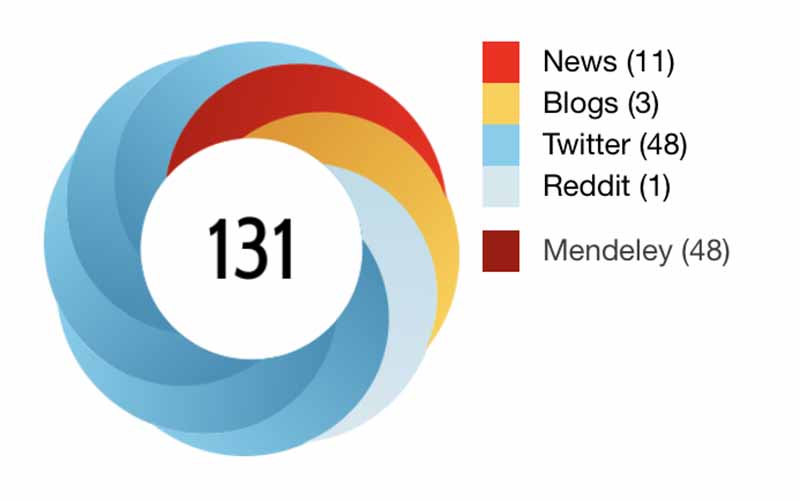
Related Posts:
Cincinnati Children’s Plays Central Role in COVID-19 Vaccine Clinical Trials
Mitigating the Mental Health Burden of COVID-19
One Does Not Simply…Shut Down Science
Studying the Heart in the Storm
Pandemic Prompts Dash to Build Dashboards
Exploring Intersections Between COVID-19 and Co-Morbidities
Balancing COVID Safety and Learning Needs
Anderson Center Team RACEs to Respond to COVID
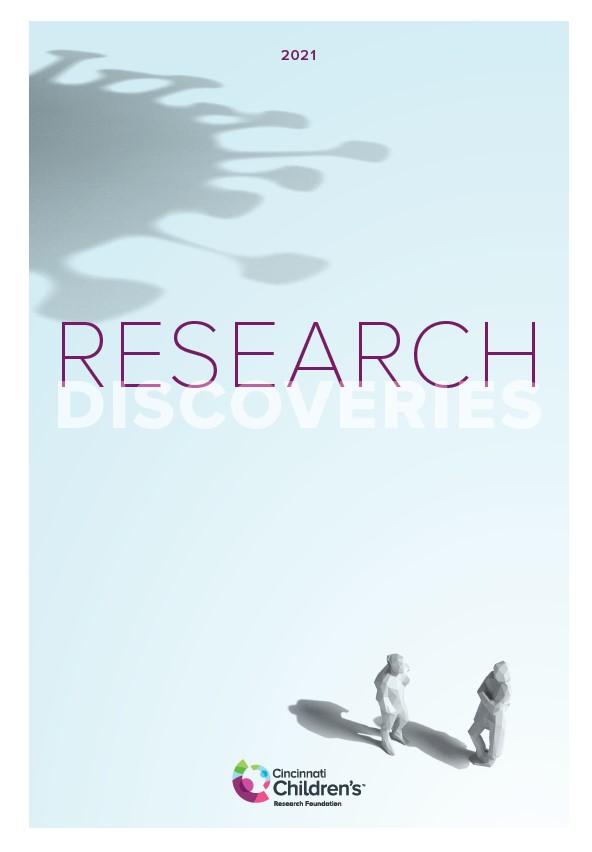
Explore the full 2021 Research Annual Report
50+ Discoveries and Innovations (Enter Research Area, Click “Featured Research”)
By-the-Numbers Section Breaks Down $270M+ in Funding
Learn About Science Careers and Student Opportunities
Find Out How You Can Support Research at Cincinnati Children’s





